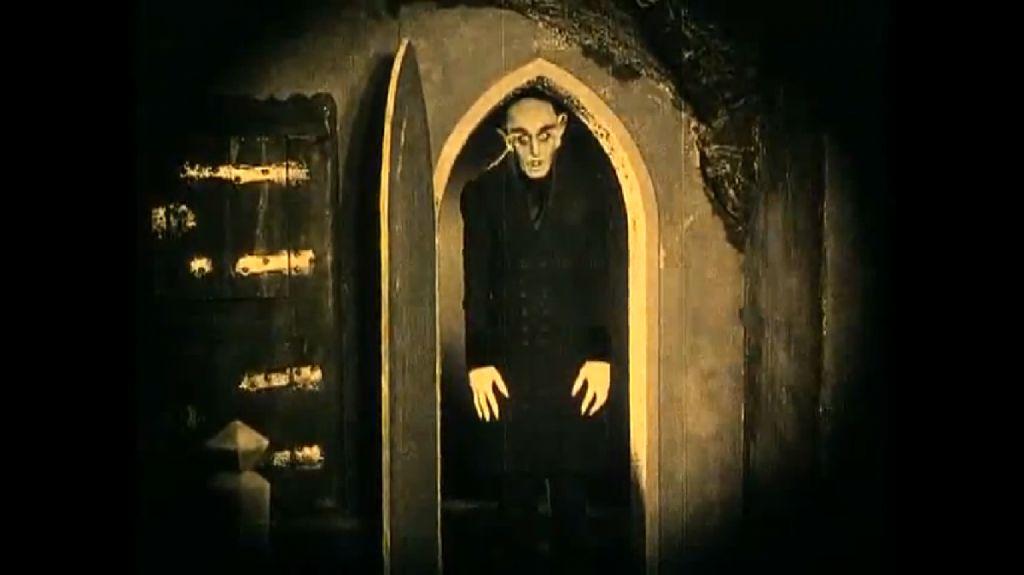
As film moves into the twenty-first century, armed with lens flares, computer generated graphics, and tent poles, it is easy to lose sight of where the cinema came from. Just put an 18 year old Marvel fan in a movie theatre and make him watch an Ozu film and you will see what I mean.
With the advent of the blockbuster superhero film (which has taken over for the plain old blockbuster film), modern movie goers have the attention span of a dog. If there isn’t an explosion within the first fifteen minutes, they’re reaching for the Iphone.
So, how does one expect these modern movie goers to sit through a film that has no dialogue made almost one hundred years ago?
Silent film is an art form unto itself that really should not be compared to sound film. Dialogue adds such a dynamic that it changes the form. Silent film is, to quote Alfred Hitchcock, “pure cinema.” It is visual art that lets music and images stir your emotions.
But what images! What music!
Here are ten silent films that should help the modern movie goer slow down and appreciate the pure beauty created by a camera, and artist, and the natural world (or as much of it as they were able to fake in the 1910’s and 20’s).
10. Ben-Hur (1925)
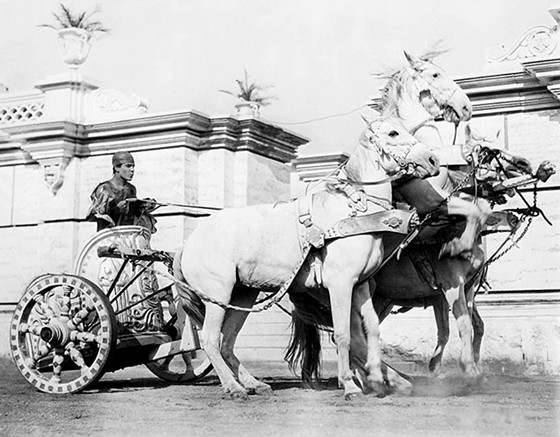
I know what you are thinking, Ben Hur? That dinosaur that made everybody believe Charlton Heston was a religious icon (or was that The Ten Commandments?). Well, sort of.
Back in 1924, when Metro Pictures and Goldwyn Pictures merged with Louis B. Mayer to form Metro-Goldwyn-Mayer, expectations were high for the super studio, the first of it’s kind. Their first film was Ben-Hur, a film which was made to be the greatest screen epic of all time. Did it live up to the hype? Absolutely, and then some.
The two major sequences in the original Ben Hur top their 1959 counterparts in every way. The sea battle features life-size ships going at each other in the waters off the coast of Italy. When the ships actually caught fire, causing extras to jump for their lives, the filmmakers kept the footage in. How can you expect to top that with miniatures as the remake does?
Then you have the infamous chariot race. The filmmakers put up a cash prize for the inner of the race, making all of Hollywood’s top stunt men really battle in the arena. At one point, a chariot wrecks creating a huge pile up that reportedly injured many men and animals. You can also see this in the finished film. It is as breathtaking a scene as any in silent cinema.
On top of all this you have color scenes, bravura performances, and even female nudity! Sounds like every modern sword and sandal epic to me.
9. Man With A Movie Camera (1929)
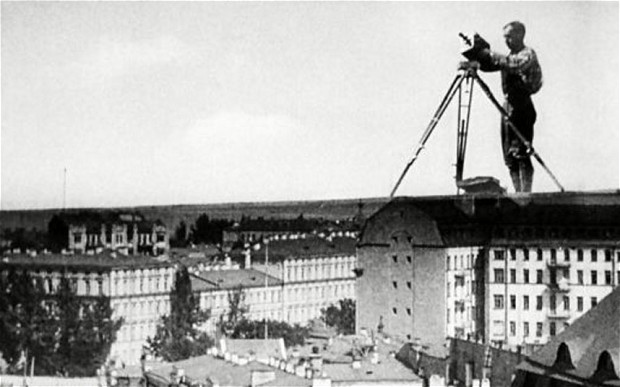
Dziga Vertov’s panoramic document of Soviet Russia on the verge of the 1930’s is a dizzying rush of a movie, fitting for a man whose name means “spinning top.”
Man With A Movie Camera is less a documentary and more an on filmmaking techniques. There are split screen sequences, tons of double exposures, crazy camera angles (including one UNDERNEATH a speeding train), and more ideas than ten modern films. If you don’t get high off of this film then you did not watch it correctly.
After this, you should move on to Walter Ruttman’s Berlin: Symphony Of A Great City, which does the same thing Vertov did to Soviet Russia to Weimar Germany.
8. Pandora’s Box (1929)
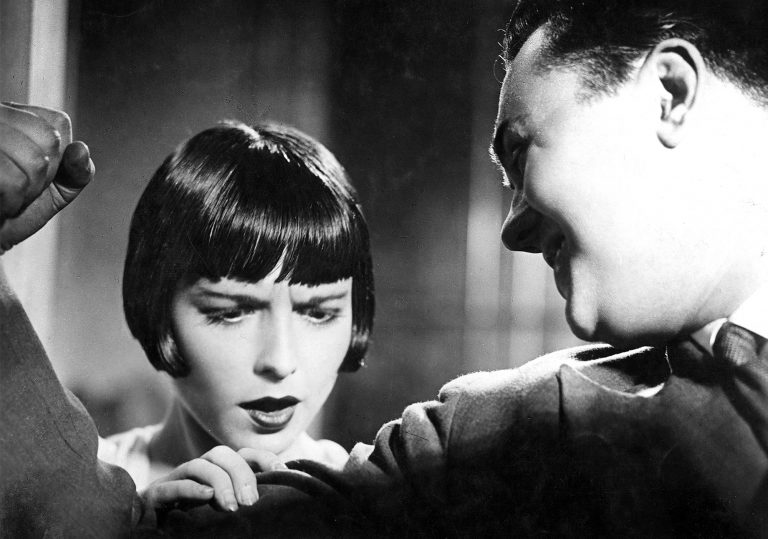
G. W. Pabst’s Pandora’s Box is one of the crown jewels of Weimar cinema. Louise Brooks and her bobbed hair travel through late 20’s Germany in search of men and money, only to end up destitute in London in the arms of Jack the Ripper.
This films explores eroticism as frankly any film in the 1920’s. Lulu is amoral and money hungry. She uses men to get what she wants and cares little for the consequences. Even as she meets her doom, she seems to welcome it.
Millennials will find a lot in common with Lulu and Louise Brooks. Her amorality was very much ahead of its time, but fits perfectly into the modern malaise. Plus, Louise Brooks is a fashion icon of all time periods. She would look just as at home in a film by Whit Stillman as she does in G.W. Pabst’s world.
Pandora’s Box has a companion piece of sorts, Diary of A Lost Girl, which covers a lot of the same territory, only it makes Brooks more an innocent victim of the world around her.
7. Napoleon (1927)
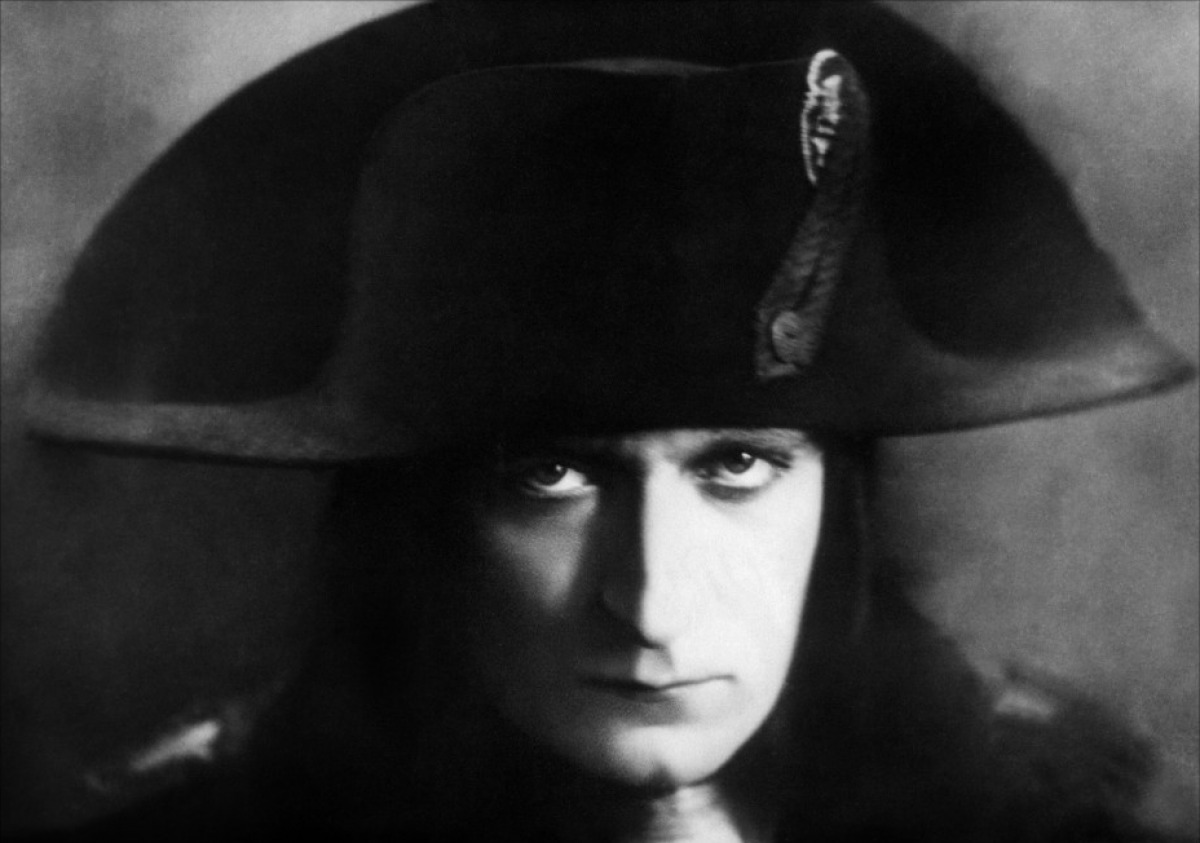
Abel Gance’s Napoleon is one of the greatest silent epics of all time. Gance was, perhaps, the silent cinema’s most under praised innovators. The sense of motion during Naploeon’s flight from Corsica, the sheer giddy delirium of the snowball fight, or it’s bloody mirror image near the end of the film, were all revolutionary at the time.
Gance was the silent cinema’s Coppola. He thought grandly and pushed cinema forward. He is also the real father of montage editing (just watch La Roue, his previous film from 1924 for proof), inspiring the Russians to take it and make it film language.
With a new restoration on the way in 2017, Napoleon should garner a whole new audience of twenty first century film goers. Be sure to see this film exhibited in the theatre, for the legendary triptych finale (in which our square screen opens up into three, showing the three colors of the French flag, as well as ALL of Napoleon’s vast army) is truly stunning.
6. Foolish Wives (1922)
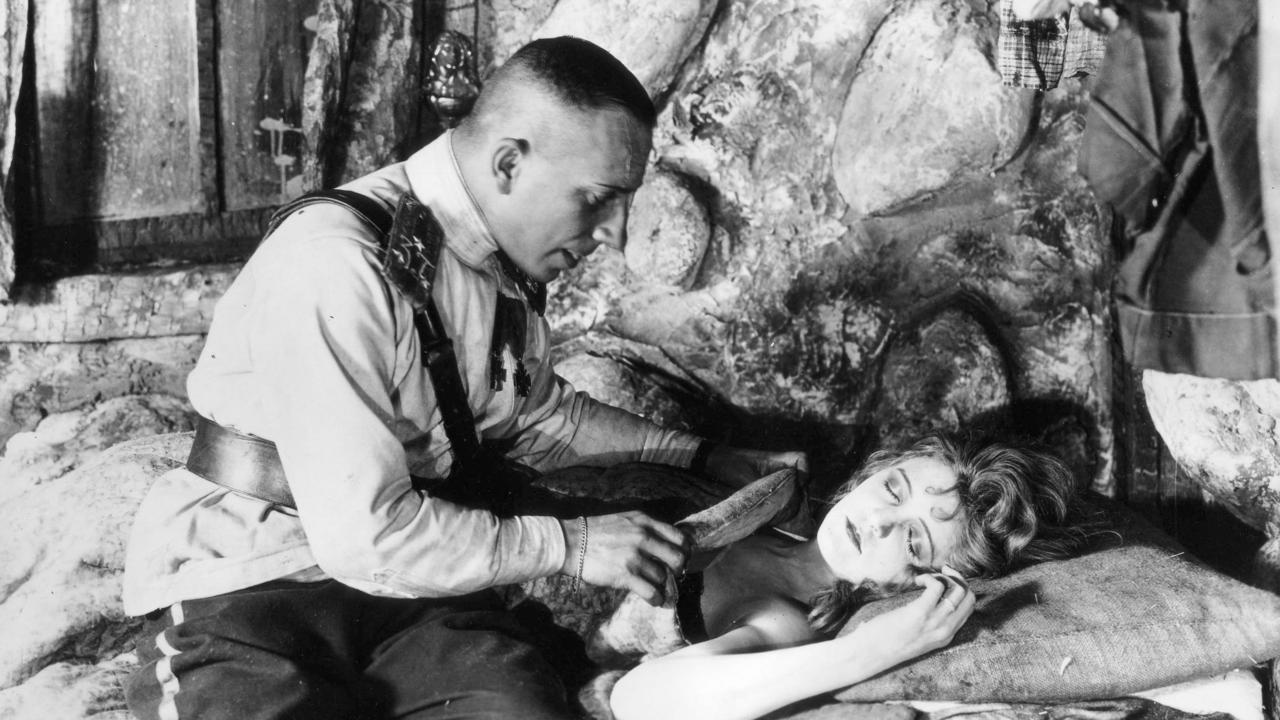
Foolish Wives is the only one of Erich Von Stroheim’s masterpieces to survive in its (mostly) complete original form. It’s a slow film, but it shows how Stroheim was pushing the boundaries of accepted behavior on screen. Just marvel at the scene in which he and his female conquest take refuge in a hut after being caught in storm. As she removes her clothes behind him, he lifts his pocket mirror and watches over his shoulder with salacious glee. He is a pervert and proud of it.
Foolish Wives was the first million dollar film. Stroheim built most of Monte Carlo on the Universal back lot, sparing no expense, until he was shut down for over spending.
Much of Foolish Wives plot is common place today – swindlers in gambling halls – but the setting and characters are of an archaic sort. They are a recently deceased class that have become just black and white figures on flickering screens.